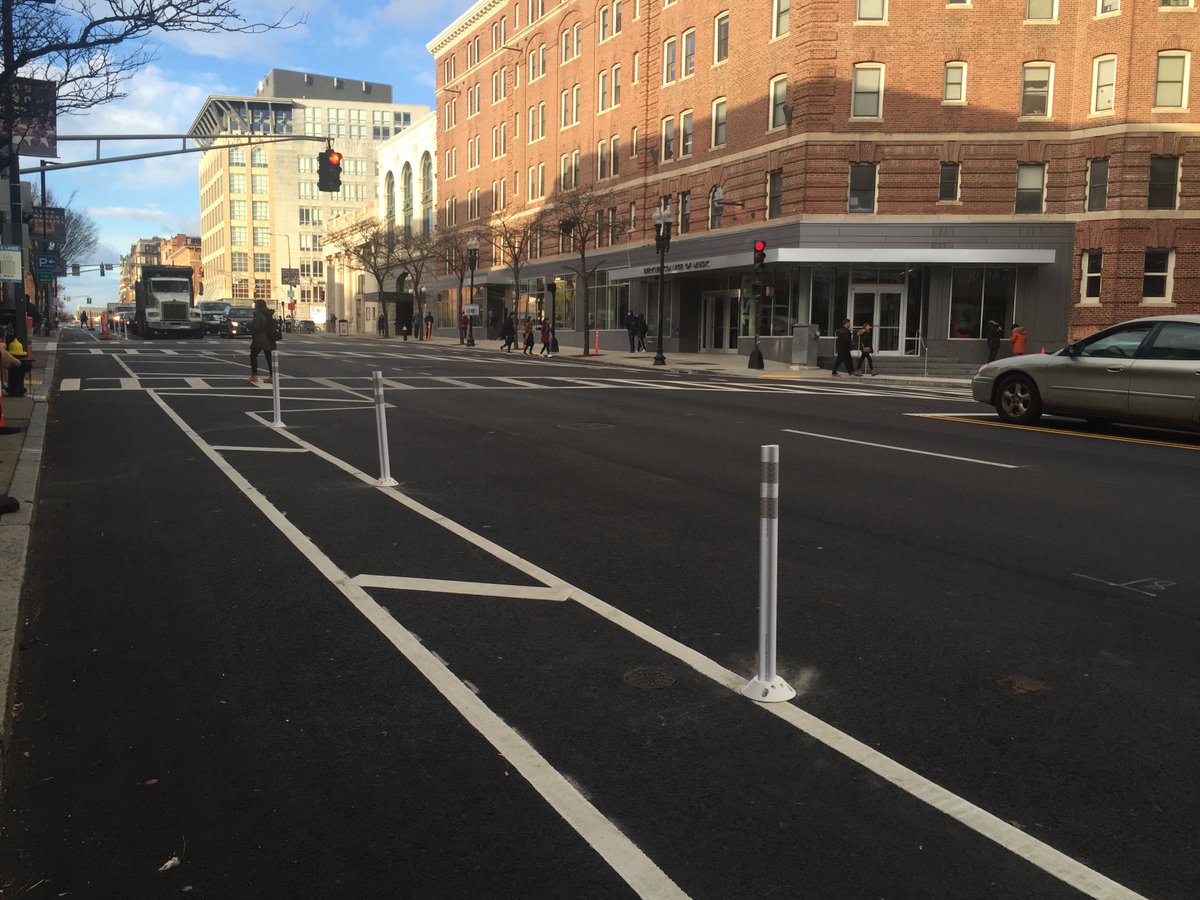From the Mass RMV Manual:
https://www.massrmv.com/Portals/30/docs/mcmanual/18_TrafficSignals.pdf
STEADY RED
A steady red light means “STOP.” Do not proceed until the light turns green. You may make a right turn on a red light only after coming to a complete stop. You must also yield to pedestrians or other vehicles in your path before turning. You may not turn on red if a NO TURN ON RED sign is posted.
If you are traveling on a one-way street and turning left onto another one-way street, you are allowed to turn left on a red light. Come to a complete stop and yield to pedestrians and other vehicles before turning.
STEADY RED ARROW
A steady red arrow means the same as a steady red stop circular signal (see the preceding Steady Red section), but a steady red arrow applies only to vehicles intending to proceed in the direction of the arrow. The same rules apply for TURNS ON RED.
https://www.massrmv.com/Portals/30/docs/mcmanual/25_Turns.pdf
TURNS ON RED
After coming to a complete stop at a red traffic light, you are allowed to turn right on red after giving the right-of-way to pedestrians and other vehicles, unless a NO TURN ON RED sign is posted. You may turn left on red following the same rules only if you are turning from a one-way street onto another one-way street.
MA is in conflict with MUTCD. The below is wordy, but basically it says a right turn on red arrow is only ALLOWED when their is a sign permitting the move, not the opposite that we have in MA where the sign is necessary to PROHIBIT:
Q: The 2000 MUTCD changed the meaning of a right turn red arrow signal by prohibiting right turns on a red arrow after stopping unless there is a sign specifically allowing it. Then, in the 2003 MUTCD, the R10-17a (Right on Red Arrow After Stop) sign was added to go along with this. In my State, turning right on a red arrow after stopping is legal. Why was the MUTCD changed?
A: The R10-17a sign and the revised definition of the meaning of a red arrow signal stem from a change in the Uniform Vehicle Code (UVC) that revised the meaning of the red arrow to include the prohibition of turns on red arrow after stopping unless a sign specifically permits it. The UVC change came about because of the lack of uniformity among State laws on this subject. The majority of States' laws prohibit the turn on red arrow after stopping without a permissive sign, while the minority of States allow turns on red arrows after stop unless a sign prohibits it. The UVC, which is written by a group comprised mostly of State motor vehicle administrators, adopted the majority practice. The change also took into account that a key use of red right arrows is with signal phasing that "protects" the pedestrian crossing from right turn traffic during a "leading pedestrian interval" by keeping the right turns stopped on a red arrow, while the parallel through movement receives a green. Although this isn't the only use for red right turn arrows, it is one in which the red arrow is critical. Allowing RTOR on red arrow under this condition is counter-productive to the purpose of using the red arrow. It was felt that, at the relatively few red right arrow locations where agencies might actually want to allow RTOR, this could be accommodated by posting the sign to specifically allow it there. For reasons of national uniformity, the MUTCD's text on the meanings of signal indications match the UVC.

